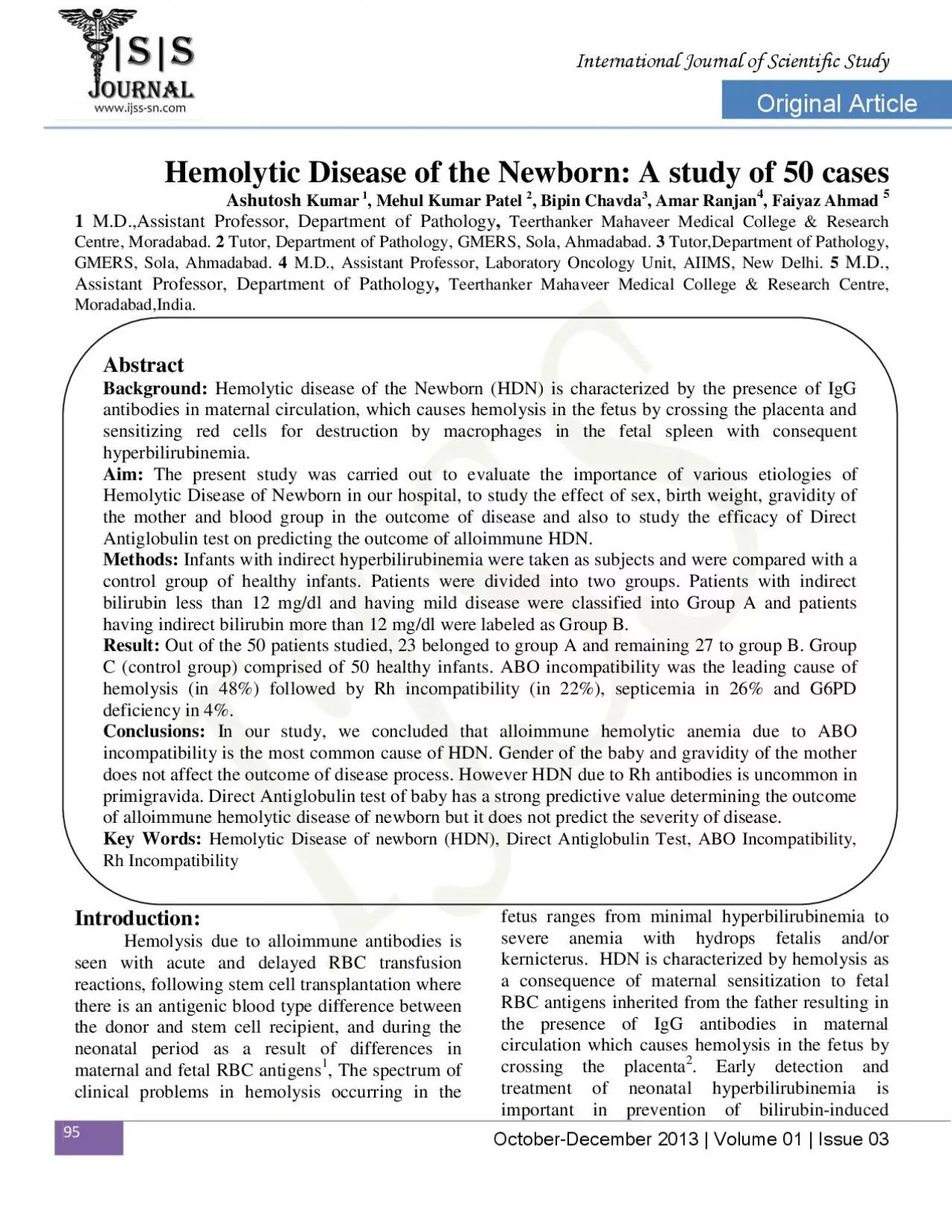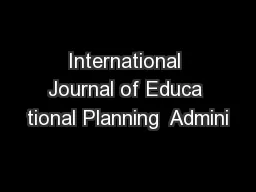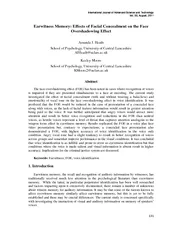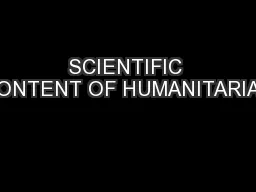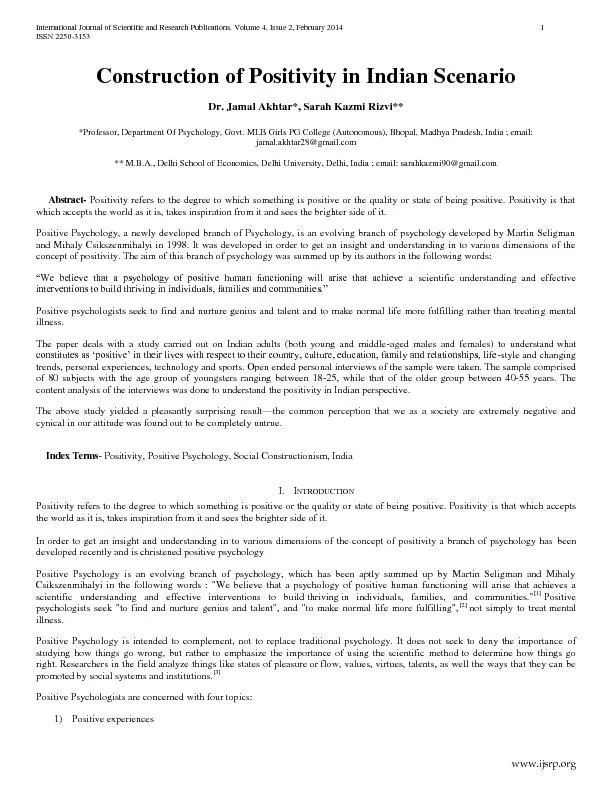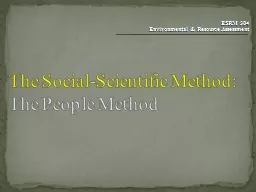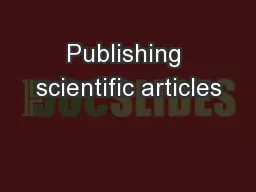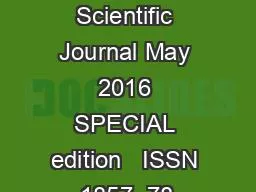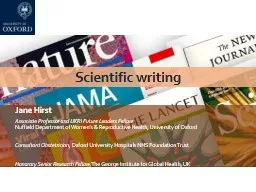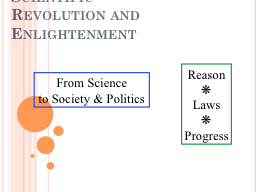PDF-tional Journal of Scientific Study
Author : tabitha | Published Date : 2022-09-05
Interna 95 October December 2013 Volume 01 Issue 03 Original Article Hemolytic Disease of the N ewborn A study of 50 cases Ashutosh Kumar 1 Mehul Kumar Patel 2 Bipin
Presentation Embed Code
Download Presentation
Download Presentation The PPT/PDF document "tional Journal of Scientific Study" is the property of its rightful owner. Permission is granted to download and print the materials on this website for personal, non-commercial use only, and to display it on your personal computer provided you do not modify the materials and that you retain all copyright notices contained in the materials. By downloading content from our website, you accept the terms of this agreement.
tional Journal of Scientific Study: Transcript
Download Rules Of Document
"tional Journal of Scientific Study"The content belongs to its owner. You may download and print it for personal use, without modification, and keep all copyright notices. By downloading, you agree to these terms.
Related Documents

